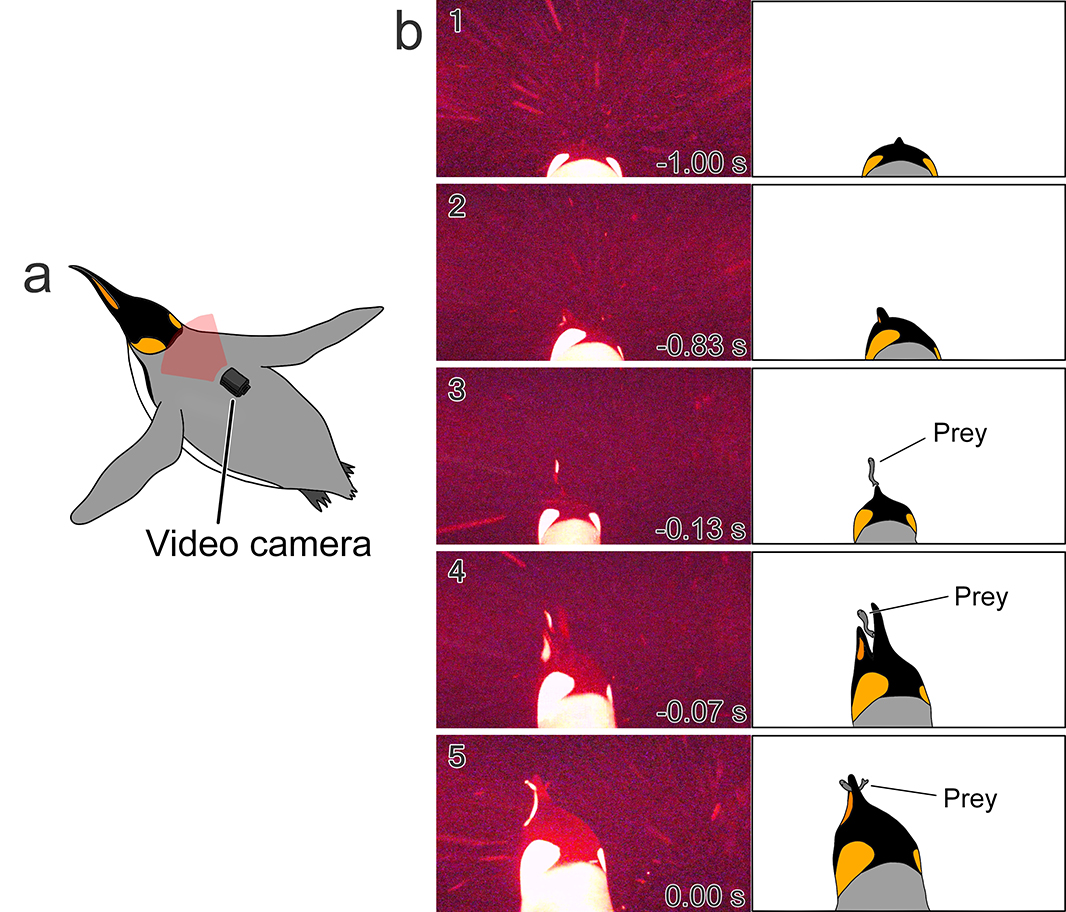2025-05-28 カーディフ大学

<関連情報>
- https://www.cardiff.ac.uk/news/view/2916682-new-guidelines-for-identifying-increased-risk-of-psychological-and-heart-conditions-in-rare-skin-condition
- https://academic.oup.com/bjd/advance-article/doi/10.1093/bjd/ljaf077/8107307
- https://jmg.bmj.com/content/57/10/692.info
先天性魚鱗癬の管理:診療ガイドライン: 第2部:2024年最新版 Management of congenital ichthyoses: guidelines of care: Part two: 2024 update
Juliette Mazereeuw-Hautier , Amy S Paller , Edel O’Toole , Isabelle Dreyfus , Christine Bodemer , Masashi Akiyama , Andrea Diociaiuti , Maya El Hachem , Judith Fischer , Rogelio Gonzalez-Sarmiento …
British Journal of Dermatology Published:07 April 2025
DOI:https://doi.org/10.1093/bjd/ljaf077
Abstract
In 2019, a group of experts published the first European guidelines for the management of congenital ichthyoses after a multidisciplinary expert meeting held in 2016. An update of these guidelines and literature search was planned every 5 years, given the clinical, molecular and therapeutic advances, including the use of biologic therapies. We present here updated guidelines that have been developed by a reorganized multidisciplinary group of international experts after a systematic review of recent literature, discussions and consensus reached at an expert conference held in June 2023. The guidelines provide summarized evidence and expert-based recommendations that aim to guide clinicians in the management of these rare and often complex diseases. These guidelines consist of two sections. Part one is reported elsewhere. Here, Part two covers the management of complications (eye, ear–nose–throat, pruritus, pain, cutaneous infections, vaccinations, growth failure and nutritional deficiency, hair and nail anomalies, reaction to hot and cold climates, physical limitations, comorbidities) and the particularities of the neonatal period and Netherton syndrome.
英国バイオバンクにおけるX連鎖性魚鱗癬関連遺伝子欠失保因者の医学的および神経行動学的表現型 Medical and neurobehavioural phenotypes in carriers of X-linked ichthyosis-associated genetic deletions in the UK Biobank
Lucija Brcic,FG Underwood,Kimberley M Kendall,Xavier Caseras,George Kirov,William Davies
Journal of Medical Genetics Published March 5, 2020
DOI:https://doi.org/10.1136/jmedgenet-2019-106676
Abstract
Background X-linked ichthyosis (XLI) is an uncommon dermatological condition resulting from a deficiency of the enzyme steroid sulfatase (STS), often caused by X-linked deletions spanning STS. Some medical comorbidities have been identified in XLI cases, but small samples of relatively young patients has limited this. STS is highly expressed in subcortical brain structures, and males with XLI and female deletion carriers appear at increased risk of developmental/mood disorders and associated traits; the neurocognitive basis of these findings has not been examined.
Methods Using the UK Biobank resource, comprising participants aged 40–69 years recruited from the general UK population, we compared multiple medical/neurobehavioural phenotypes in males (n=86) and females (n=312) carrying genetic deletions spanning STS (0.8–2.5 Mb) (cases) to male (n=190 577) and female (n=227 862) non-carrier controls.
Results We identified an elevated rate of atrial fibrillation/flutter in male deletion carriers (10.5% vs 2.7% in male controls, Benjamini-Hochberg corrected p=0.009), and increased rates of mental distress (p=0.003), irritability (p<0.001) and depressive-anxiety traits (p<0.05) in male deletion carriers relative to male controls completing the Mental Health Questionnaire. While academic attainment was unaffected, male and female deletion carriers exhibited impaired performance on the Fluid Intelligence Test (Cohen’s d≤0.05, corrected p<0.1). Neuroanatomical analysis in female deletion carriers indicated reduced right putamen and left nucleus accumbens volumes (Cohen’s d≤0.26, corrected p<0.1).
Conclusion Adult males with XLI disease-causing deletions are apparently at increased risk of cardiac arrhythmias and self-reported mood problems; altered basal ganglia structure may underlie altered function and XLI-associated psychiatric/behavioural phenotypes. These results provide information for genetic counselling of deletion-carrying individuals and reinforce the need for multidisciplinary medical care.


